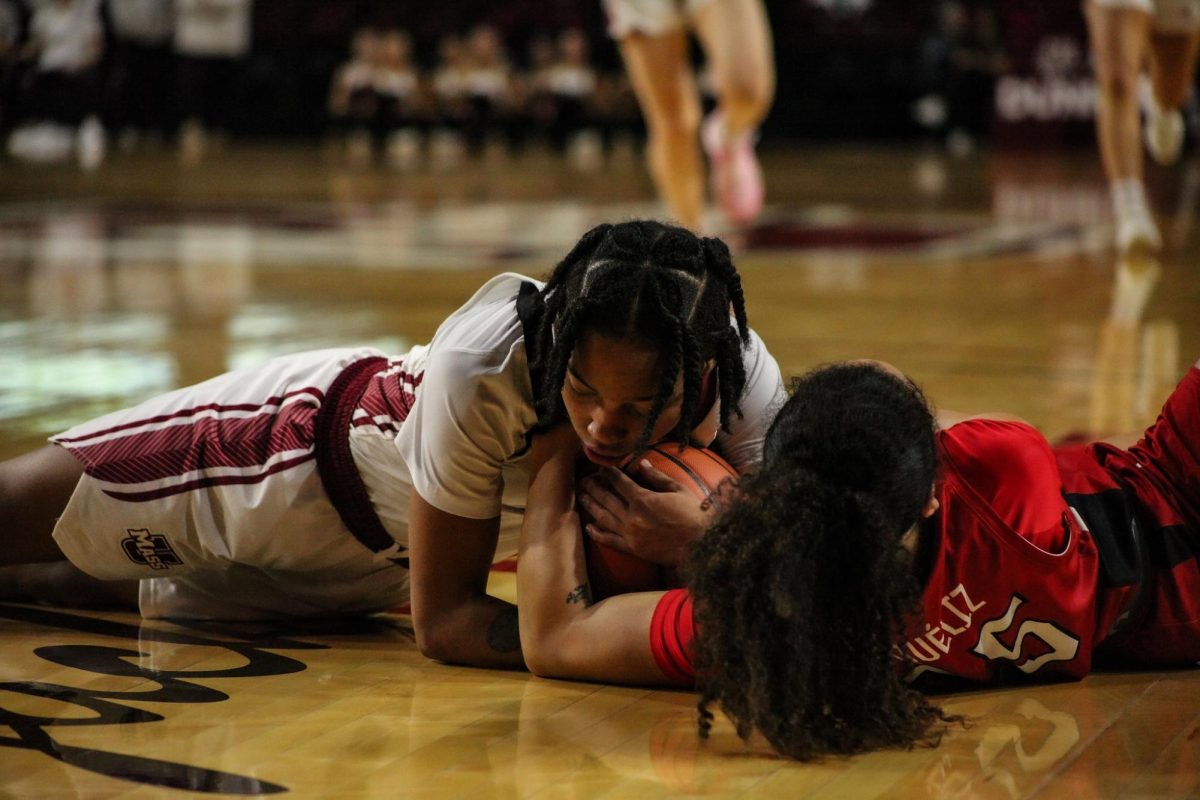
The uncomfortable fact is that the University of Massachusetts football team is not very good. Students tailgate before the game, but leave before it actually starts. Football is a game of injuries, and head injuries can no longer be ignored by colleges across the country, including the University of Massachusetts. It is easy to ignore UMass football, but the program wastes money and puts it players in harm in the process.
According to a report by the USA Today, UMass athletics had a revenue of $42,350,911 last year, but the athletics program still saw a net loss of over $441,000. The revenue, which was the highest of the past decade, was paid for largely by student fees and school funds, as reported by MassLive. Student fees amounted to over $8 million. Ticket sales did not even amount to $2 million last year. With their tuition bill, the student body is paying for an athletics program, including an underperforming football team that has underwhelmed for years.
For so much investment in the football program, fans have not received much in return. With a record of 0-6, the football team has yet to win a game this year. To find the last season that UMass had a winning record, you have to go back to 2010, when the Minutemen only went 6-5. With the amount of money put into the football team, fans and students have a right to feel that they are being ripped off.
UMass football players lose more than just games, though. They may also lose brain cells. Chronic Traumatic Encephalopathy, or CTE, has been found in many deceased football players. This disease, according to Boston University Research’s CTE Center, “is a progressive degenerative disease of the brain found in people with a history of repetitive brain trauma (often athletes)…” Both concussions and repeated minor hits can contribute to the disease. CTE can lead to “impulse control problems, aggression, depression, and paranoia,” among other cognitive issues, as described by the Concussion Legacy Foundation.
With 26 out of every 27 concussions going unreported, according to a Harvard University and Boston University study from 2013, and numerous minor hits to the head occurring in practice and in games, it is no wonder that many football players develop CTE. A study from this year published by the Journal of American Medicine Association examined the brains of 202 deceased football players. Players from all levels of the game were represented. 177 of the 202 brains had CTE, or 87.6 percent.
It is naive to think that UMass football players are exempt from the effects of CTE. Statistically, a significant number of members of the current football team will develop CTE in the future.
If it is UMass’ responsibility as an institution of higher education to help students learn and develop their minds, should it also put such money into a sport that will likely lead to a degenerative brain condition down the line? Student-athletes are students, too. For all of the health risks of CTE, and all of the costs of the football program, UMass does not even get a good football team in return. It can’t be that much of a loss to cut a program that wastes money while endangering its players, all while being currently ranked second to last in the country.
Joe Frank is a Collegian columnist and can be reached at [email protected].



















Ryan McKinney • Oct 11, 2017 at 11:18 am
So much investment? We have some of the lowest paid football coaches in the country and facilities that barely meet the minimum requirements. What do you expect? Way to kick the team while their down.
Shaw • Oct 11, 2017 at 10:45 am
How about no?